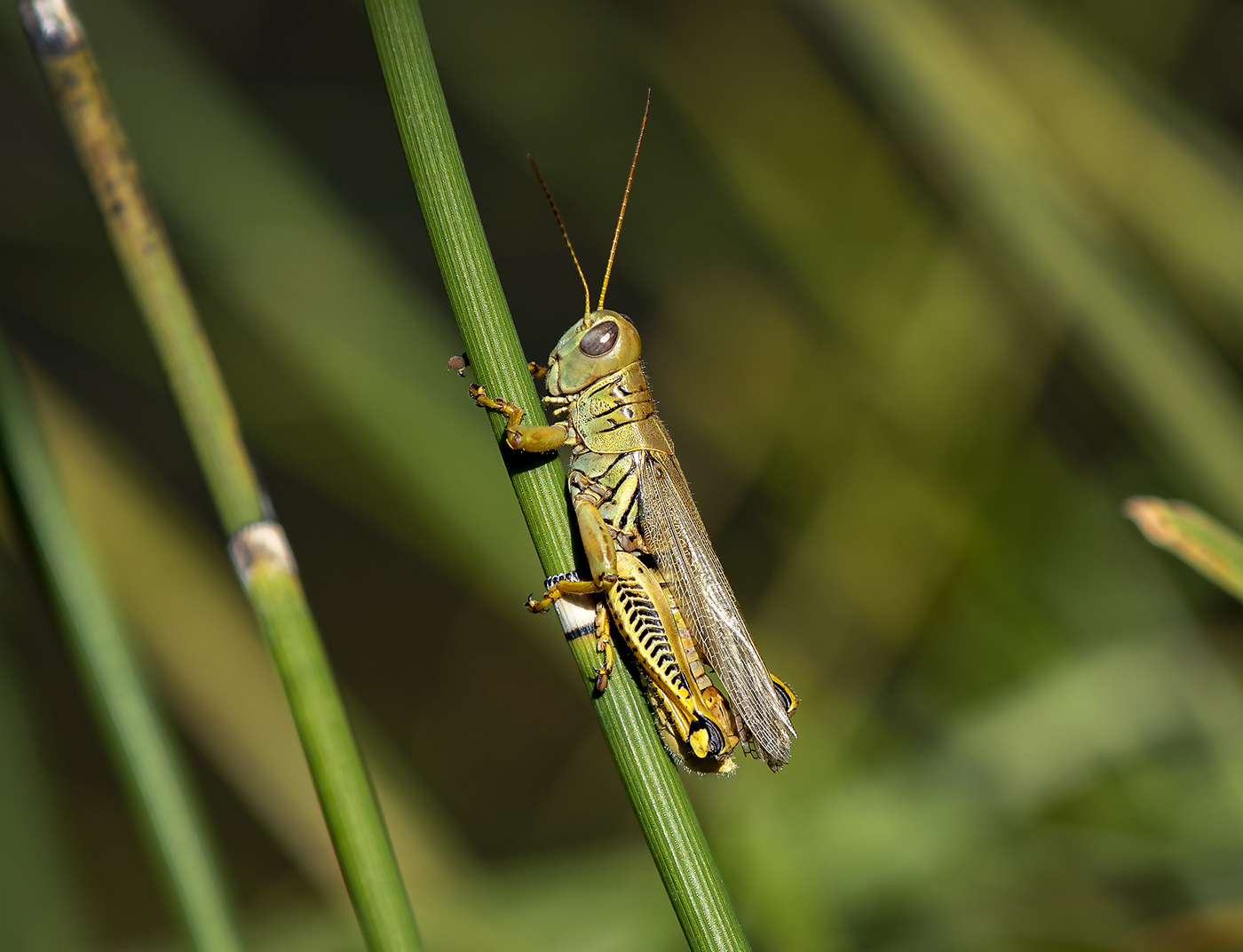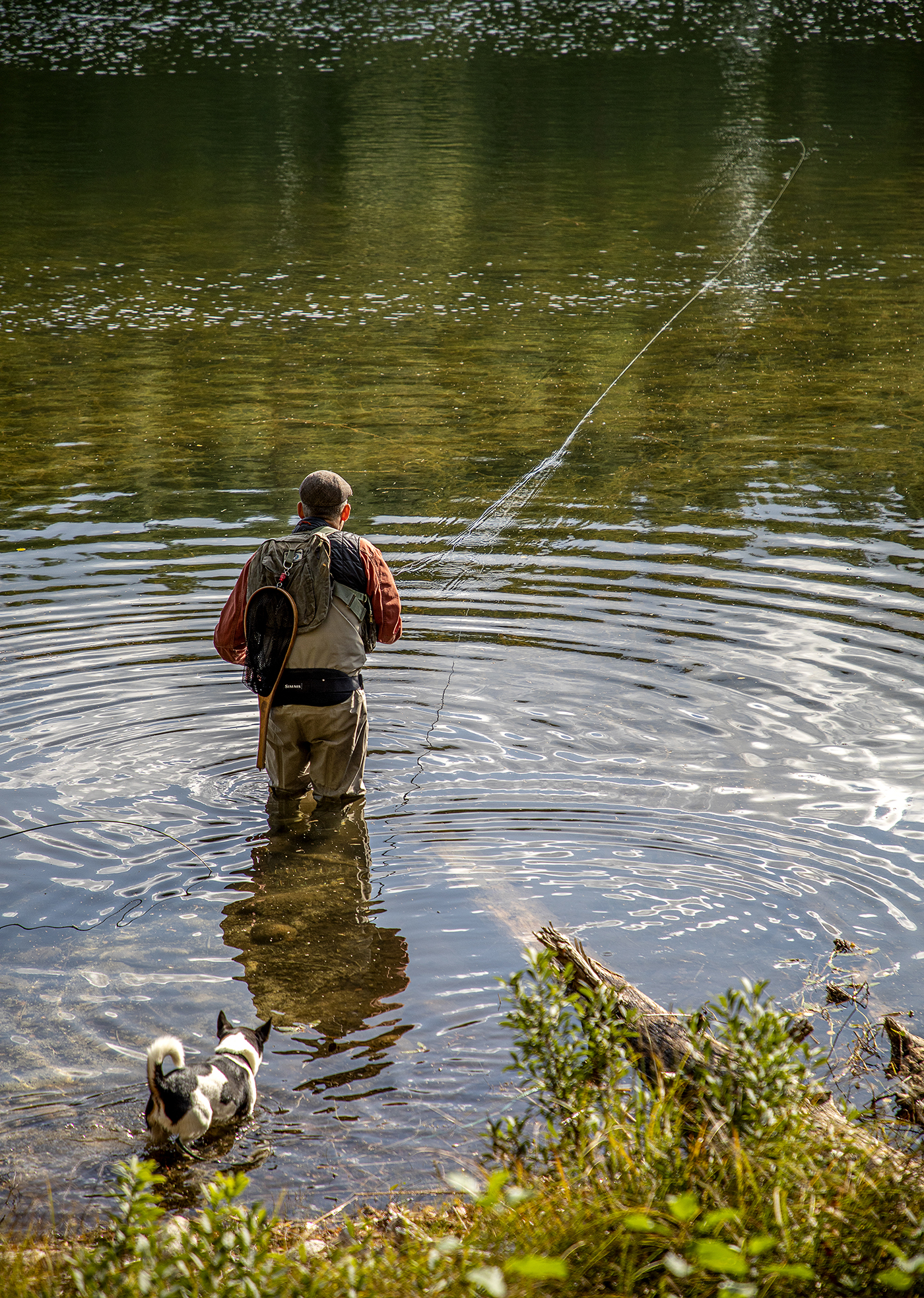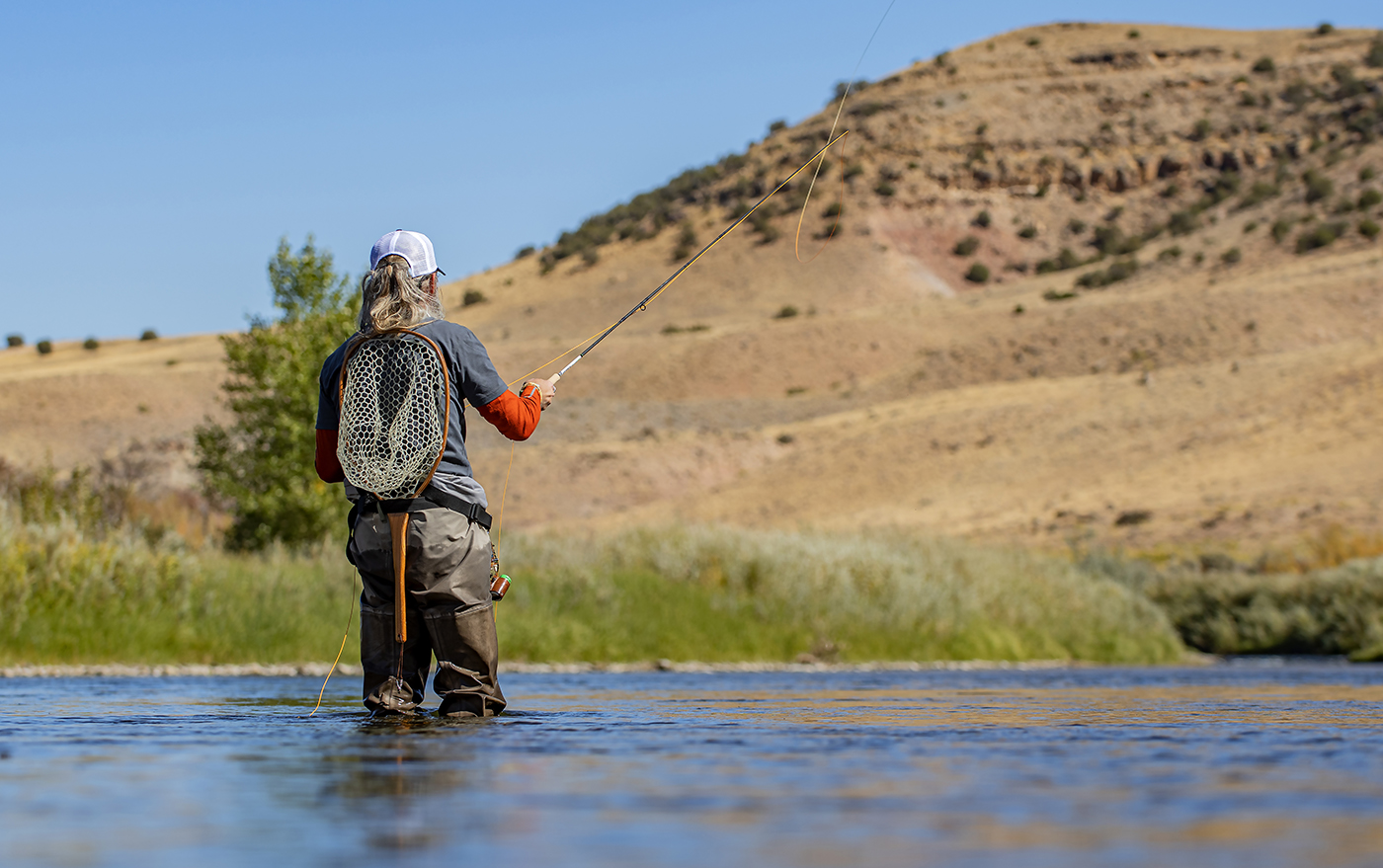
The trout season is coming to end end, at least if your’re a topwater/dry fly fisherman and many rivers and lakes close down for the winter. But it’s still September and although there are very few mayflies hatching now, there’s still some caddis, but also an abundance of terrestrials – or land insects. They are at their prime now.








